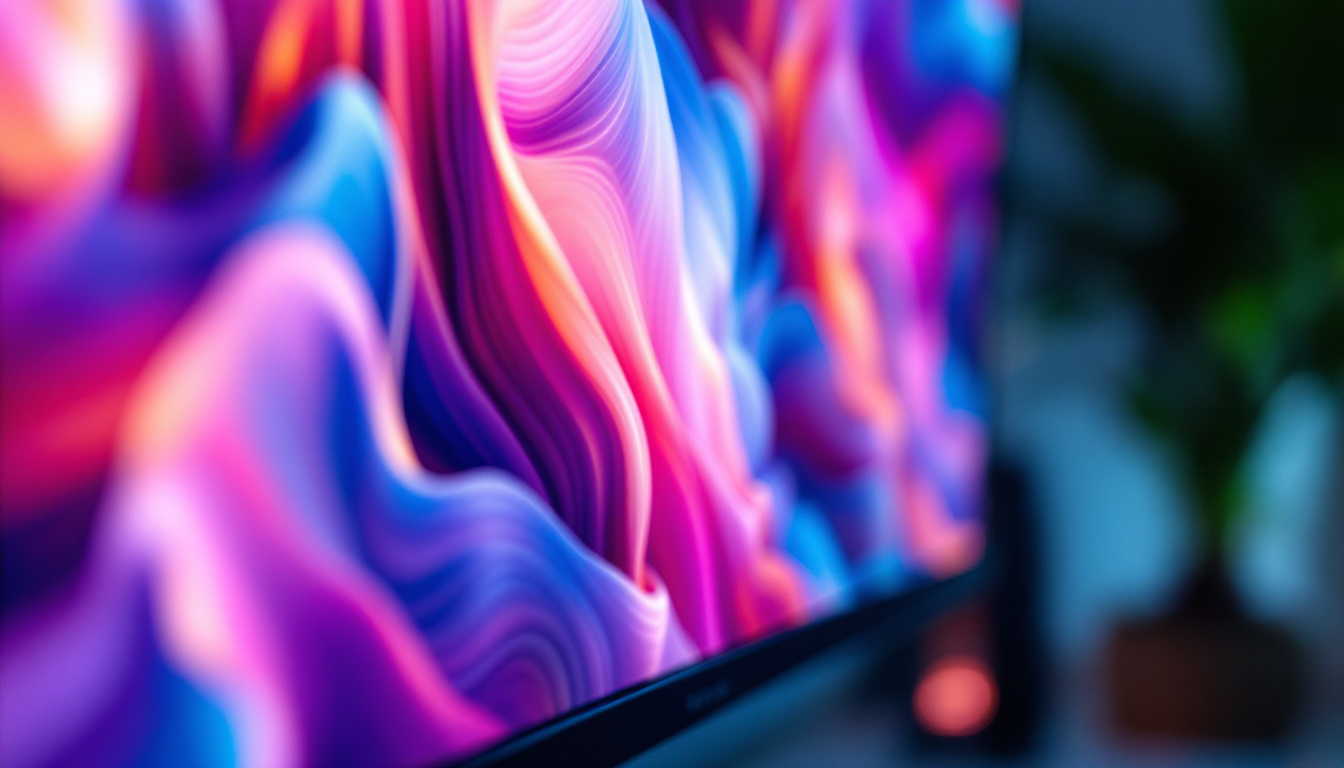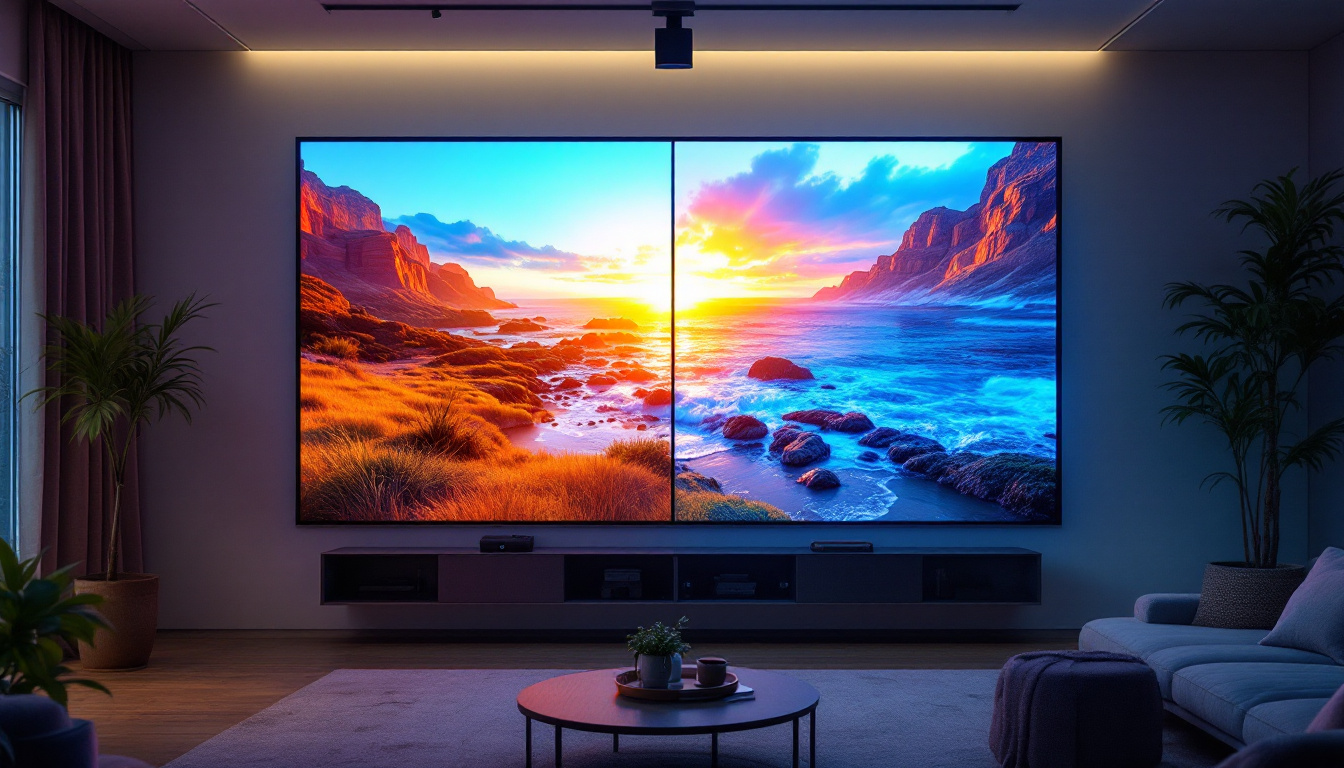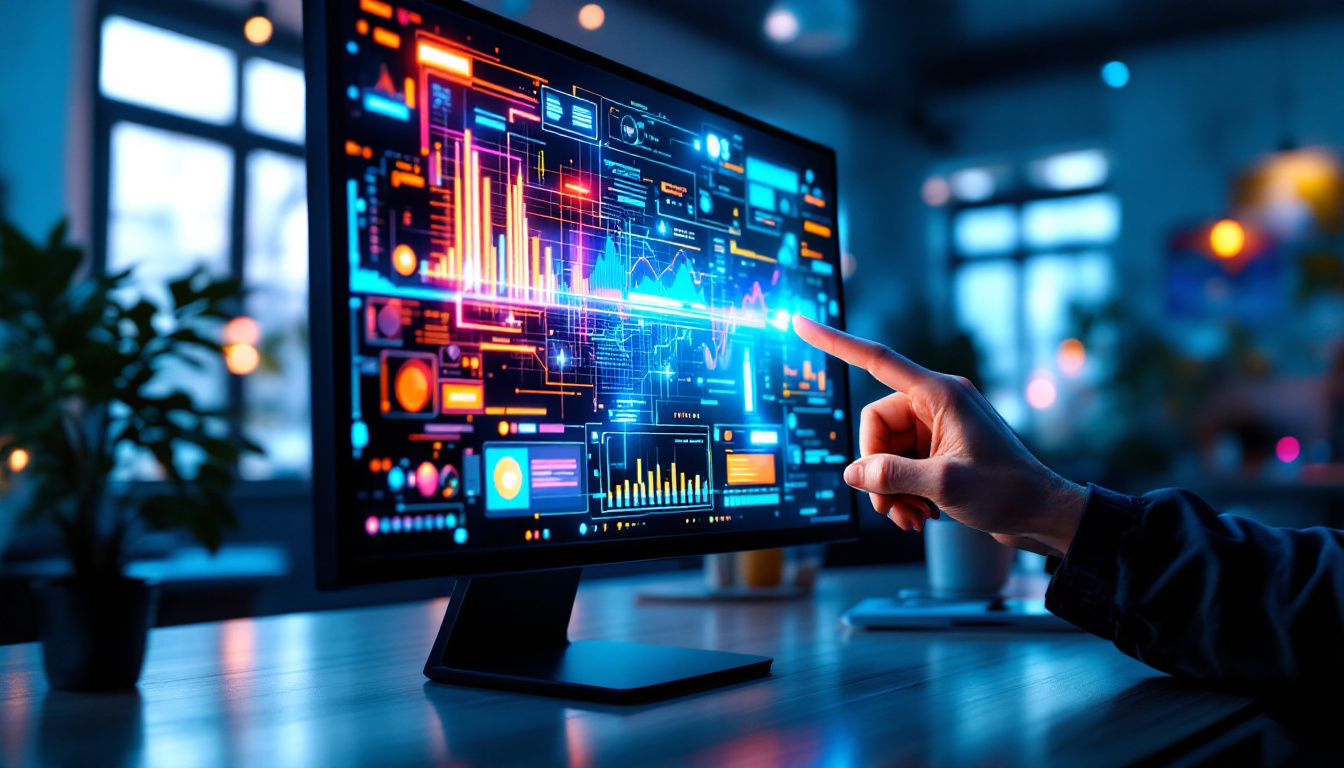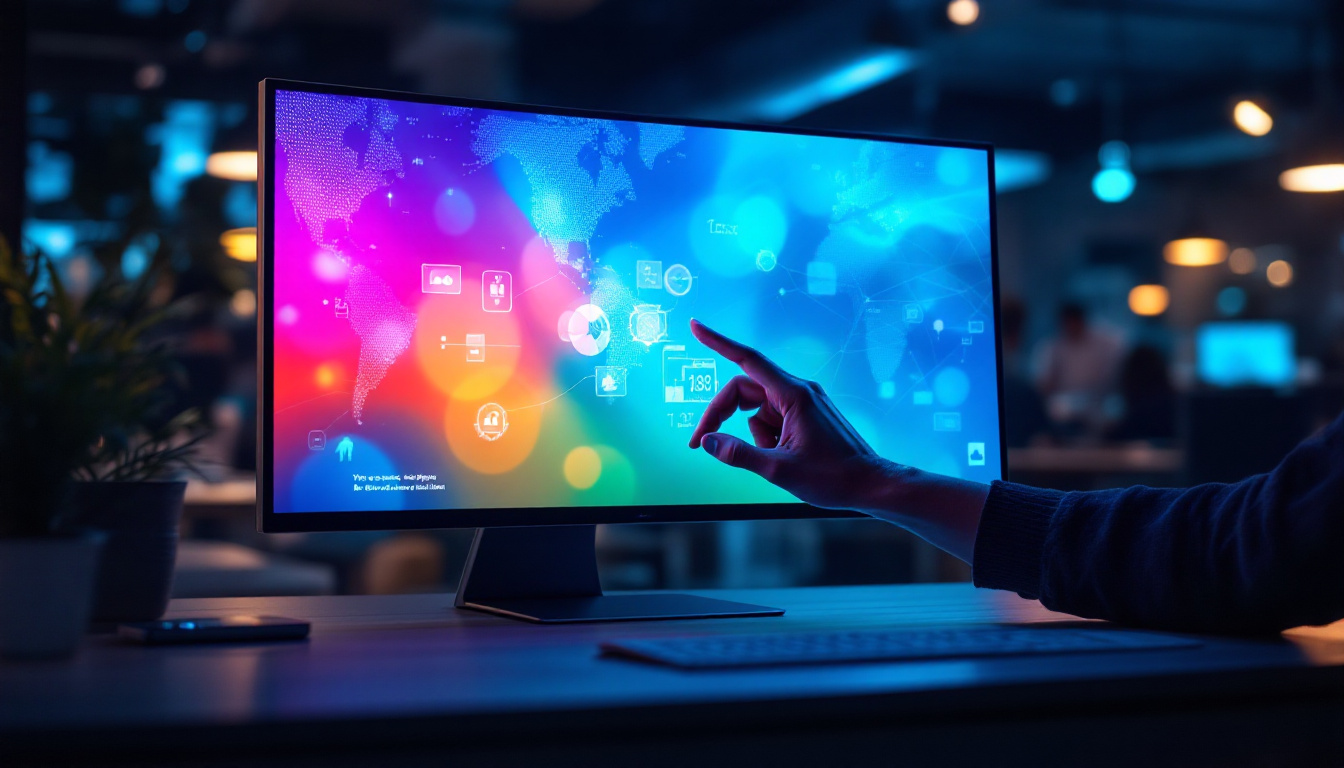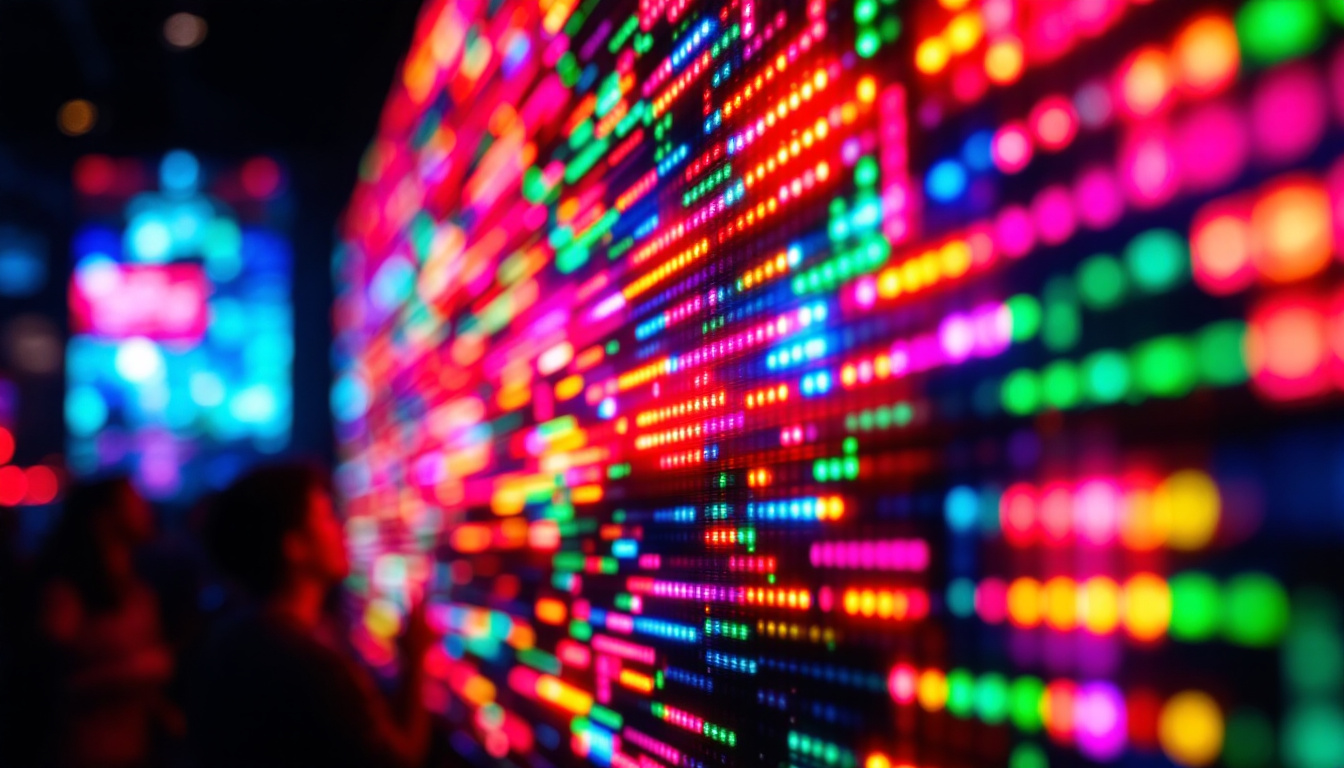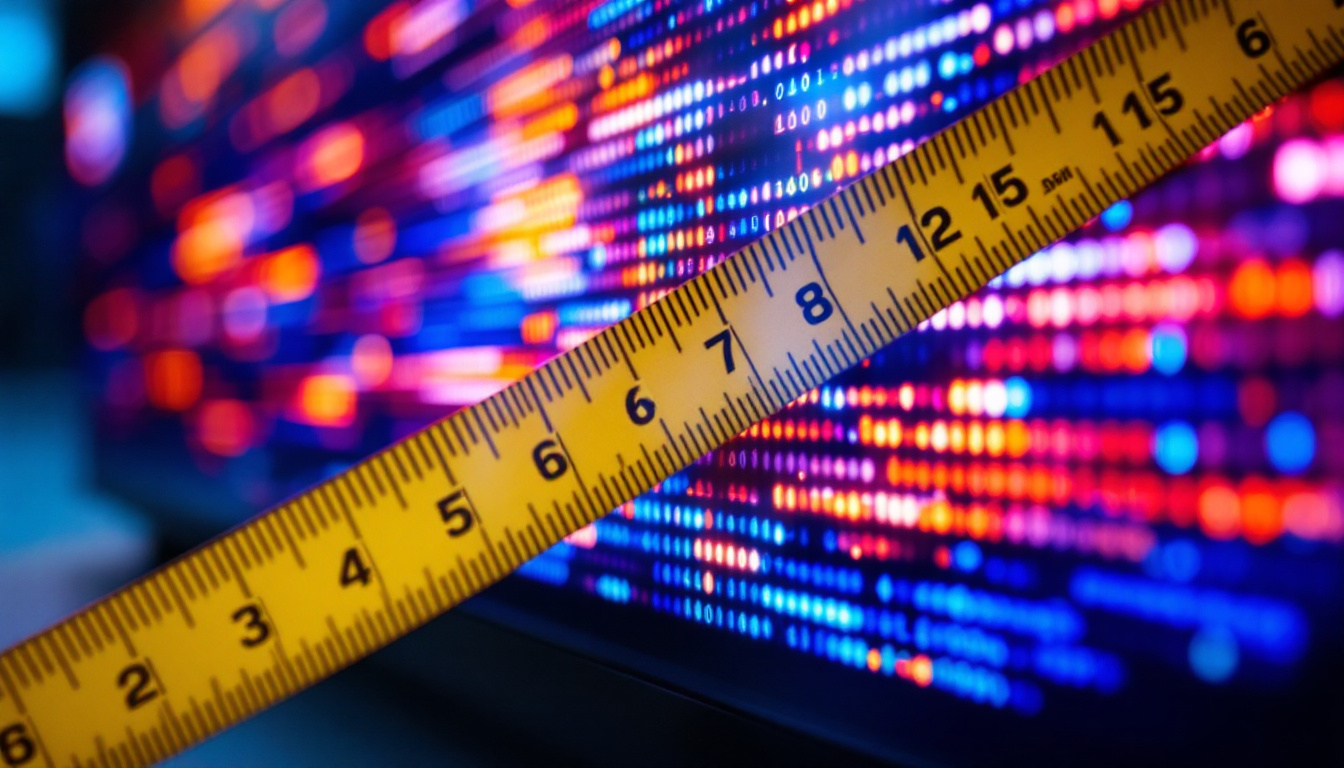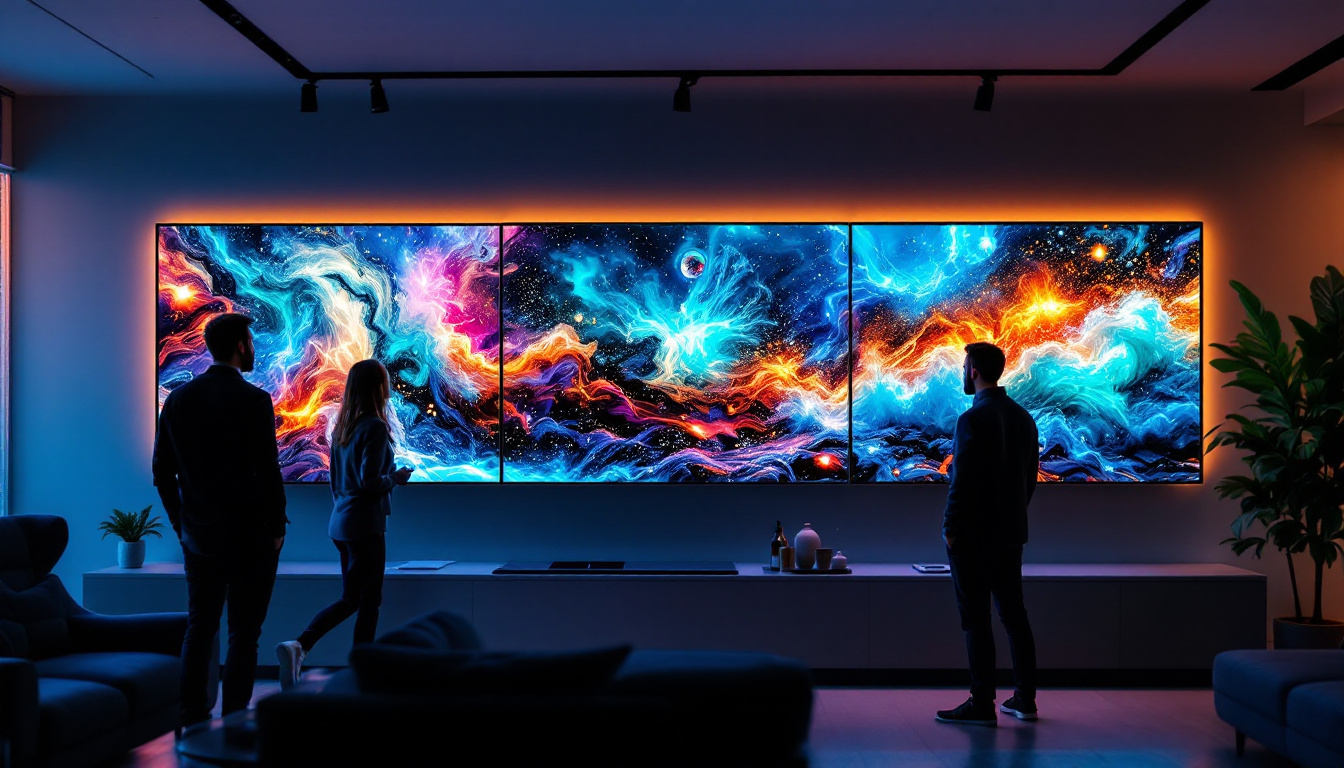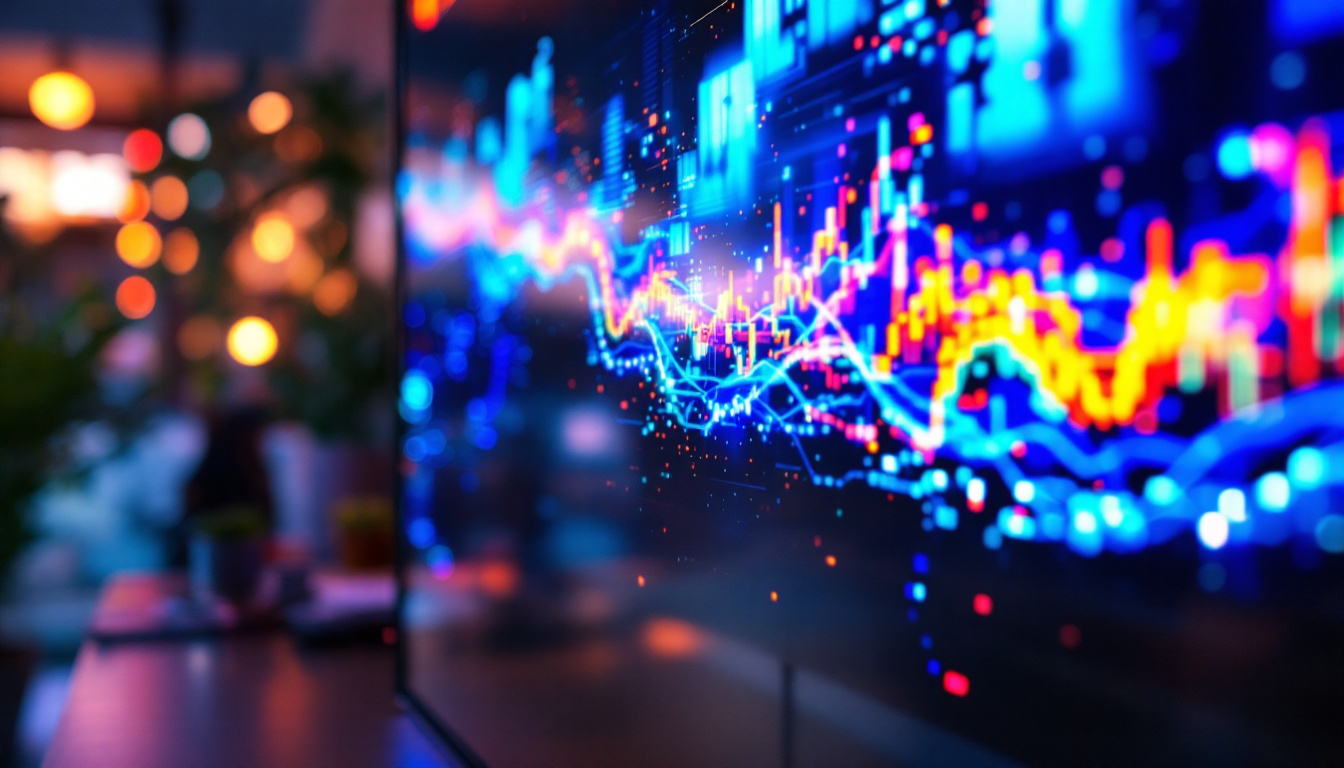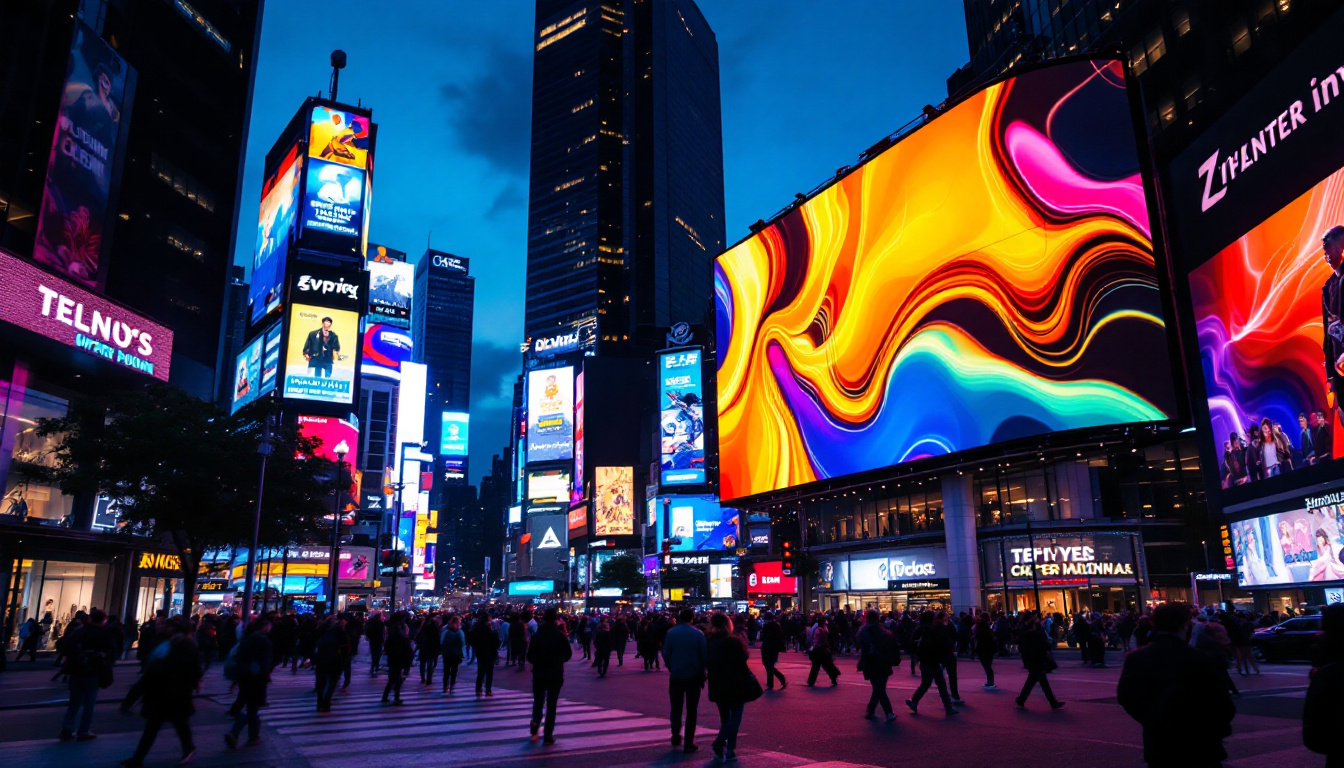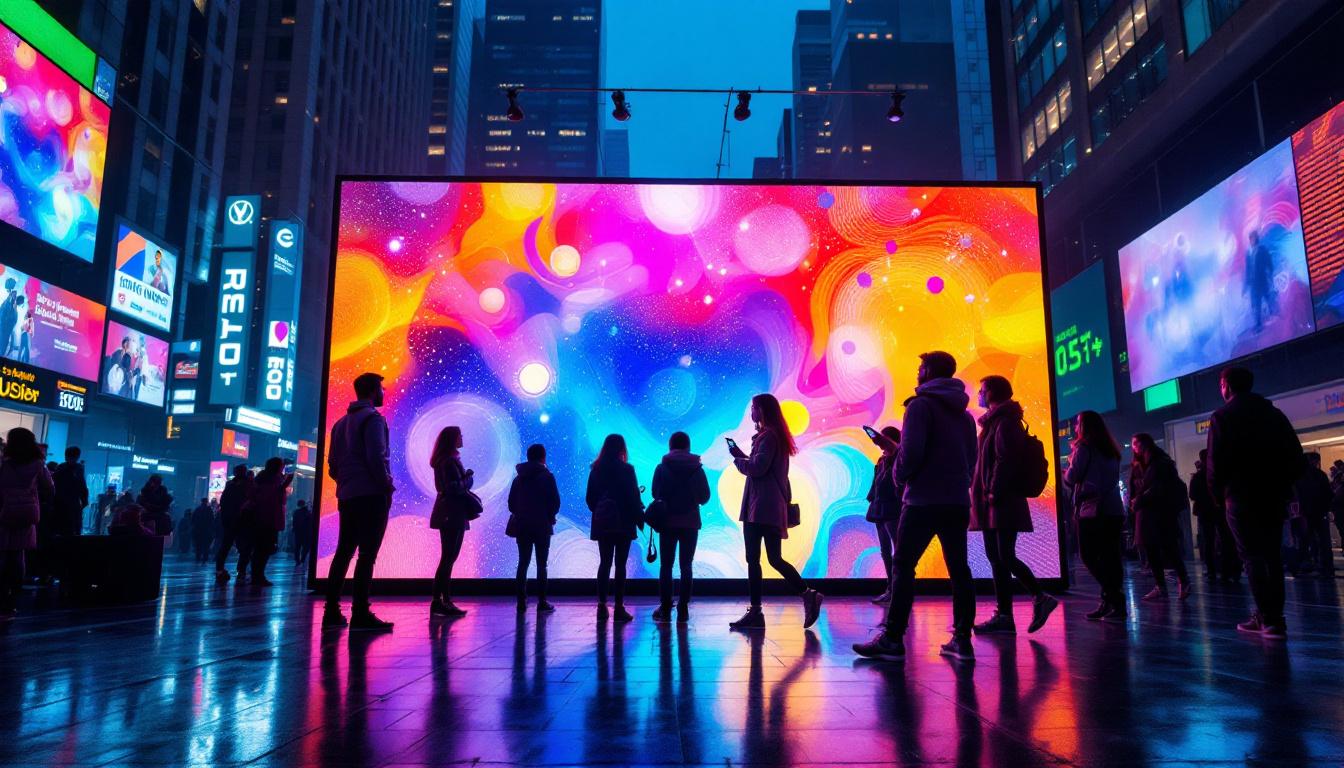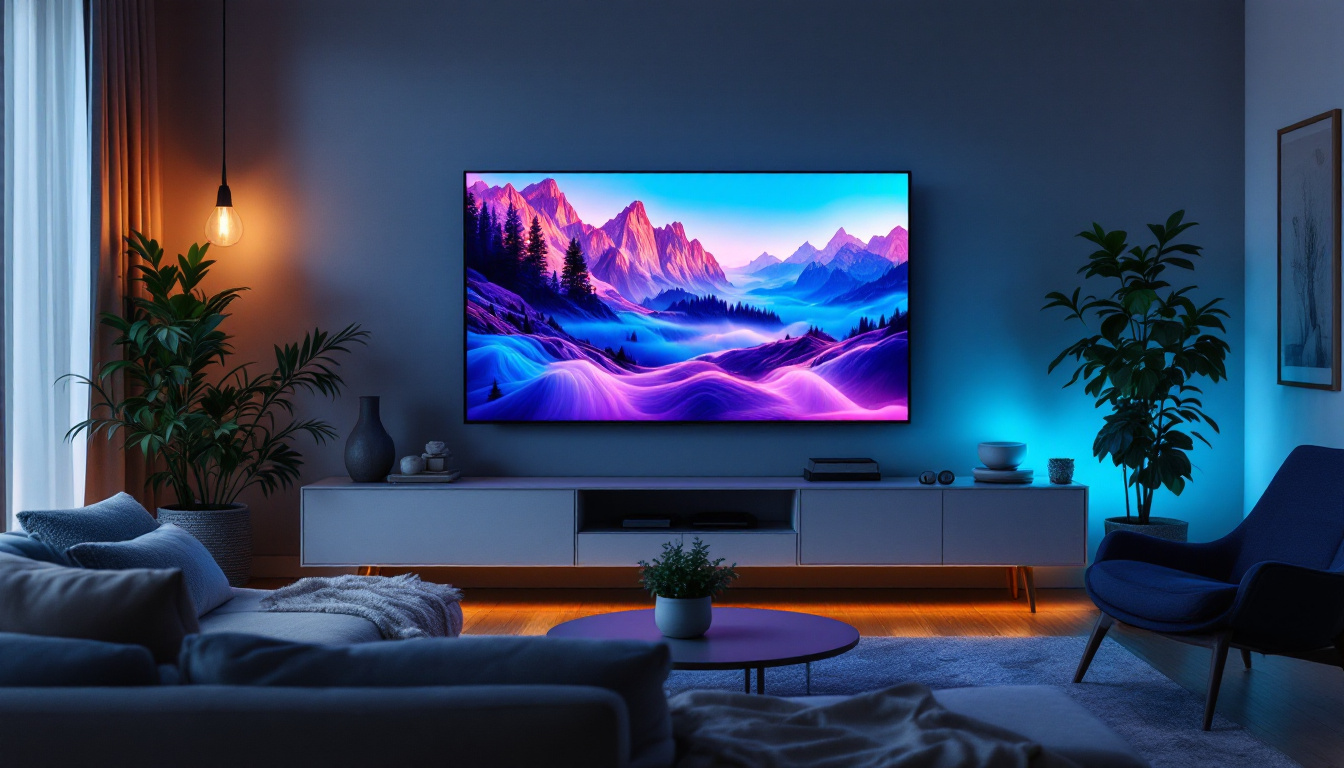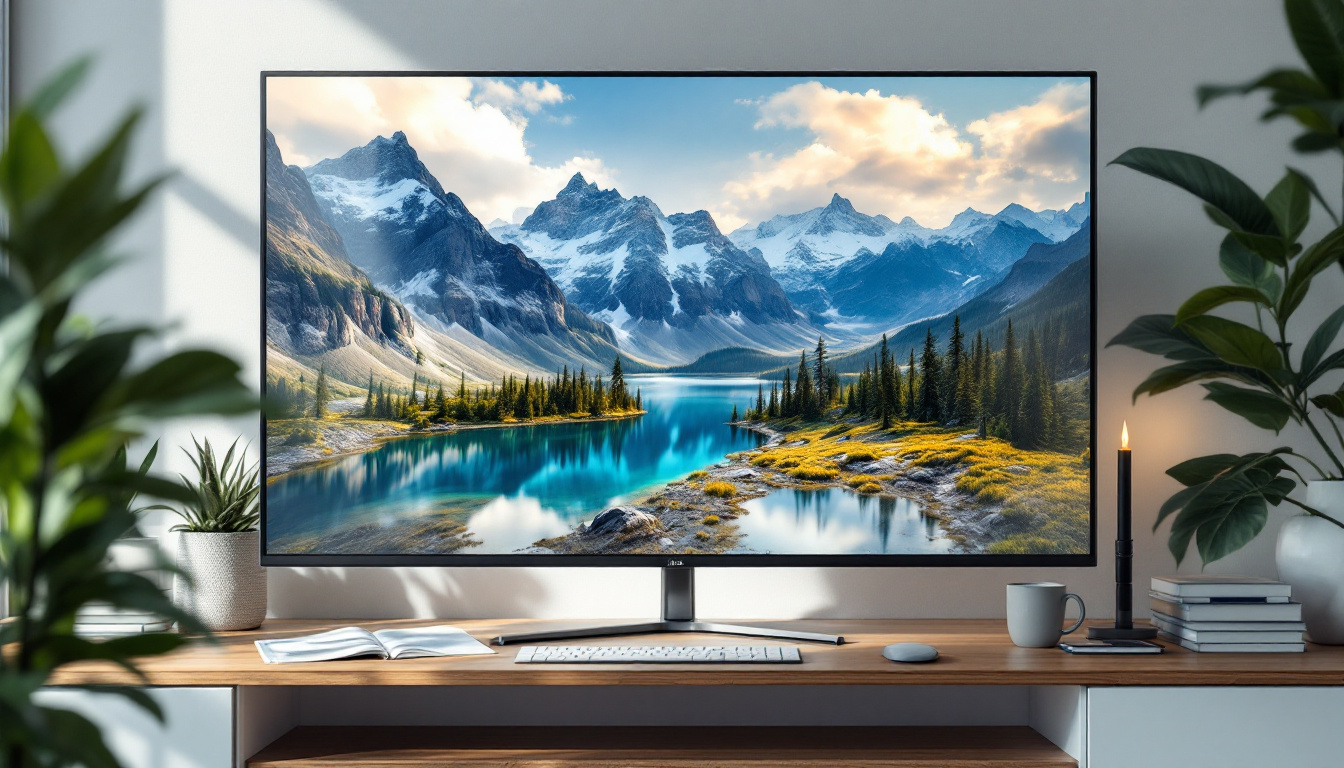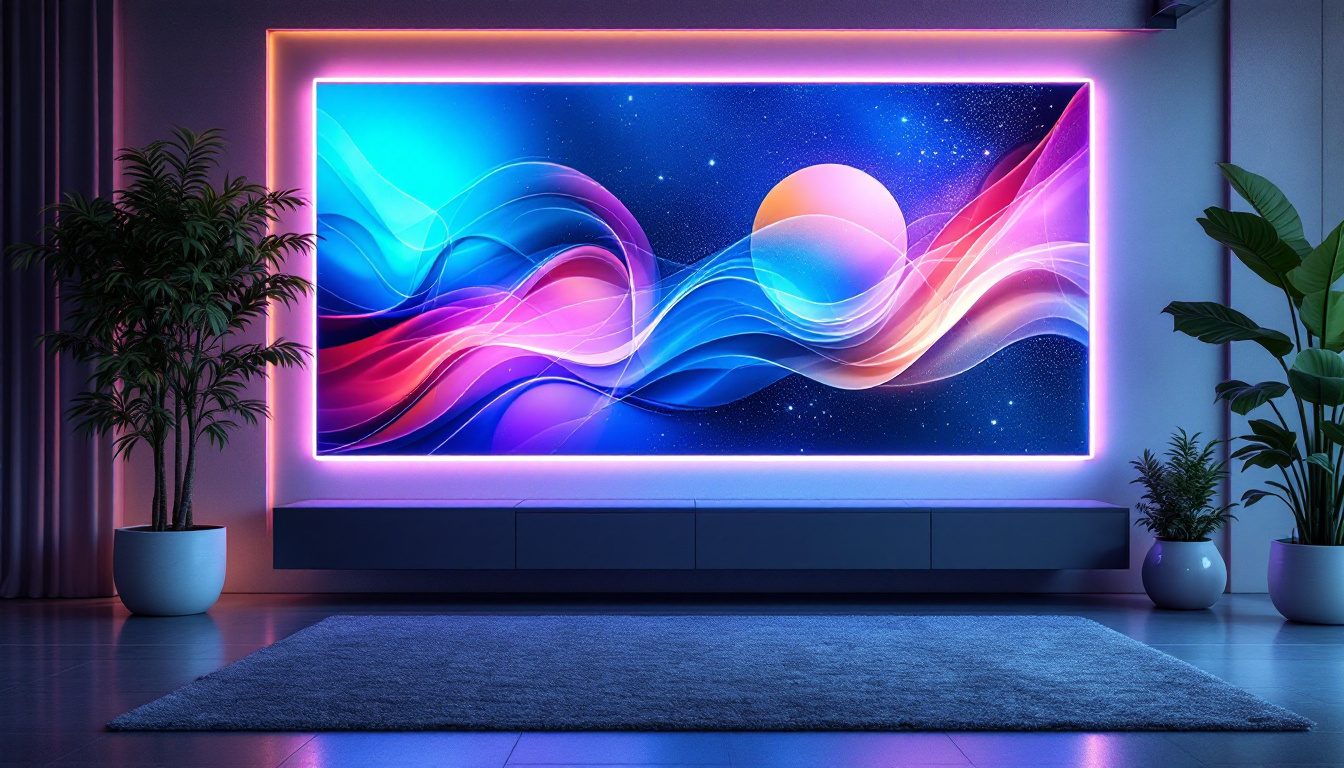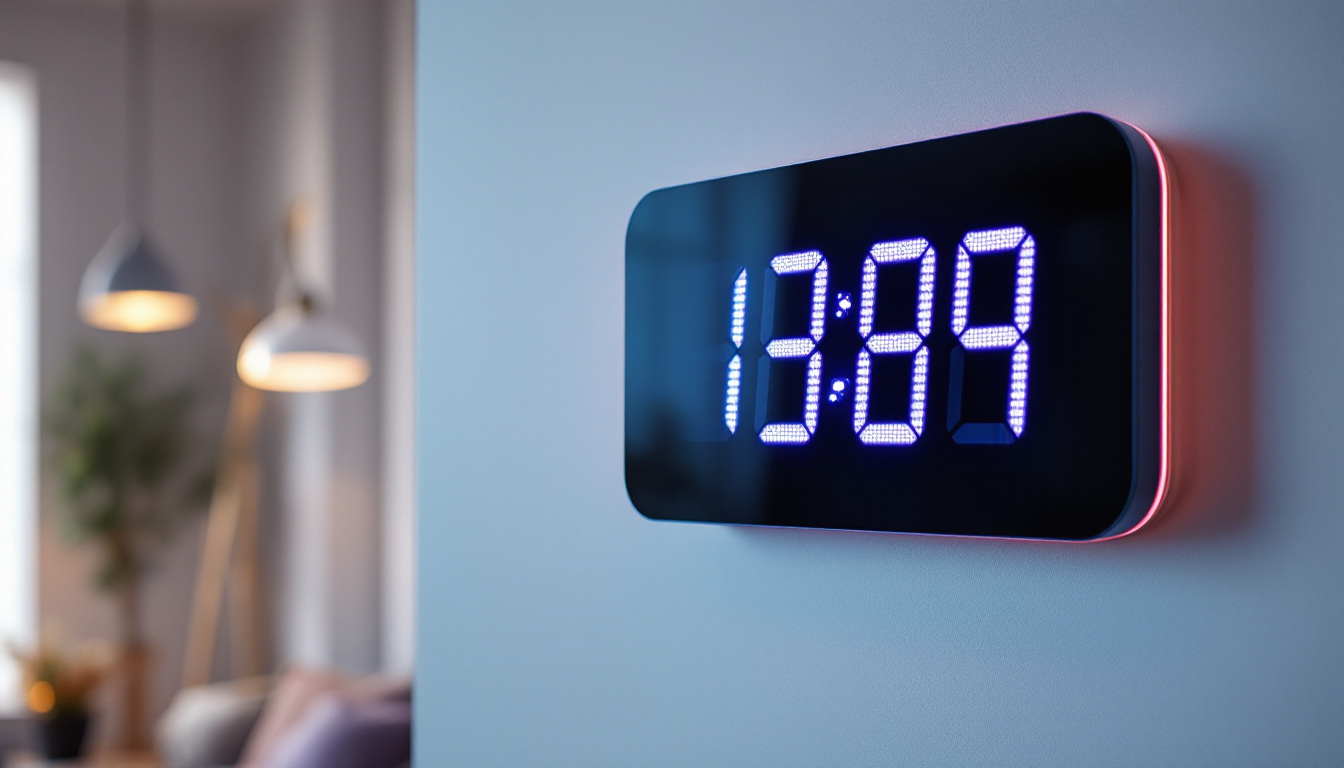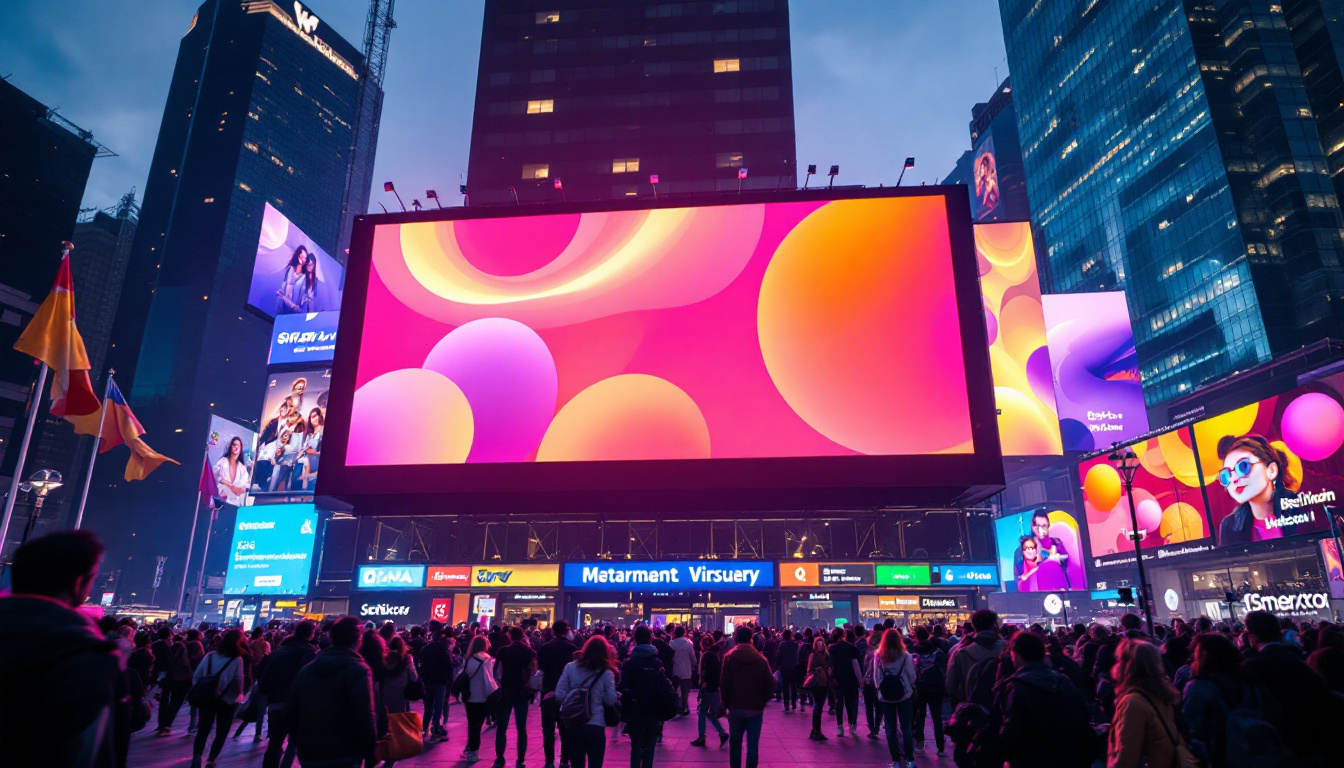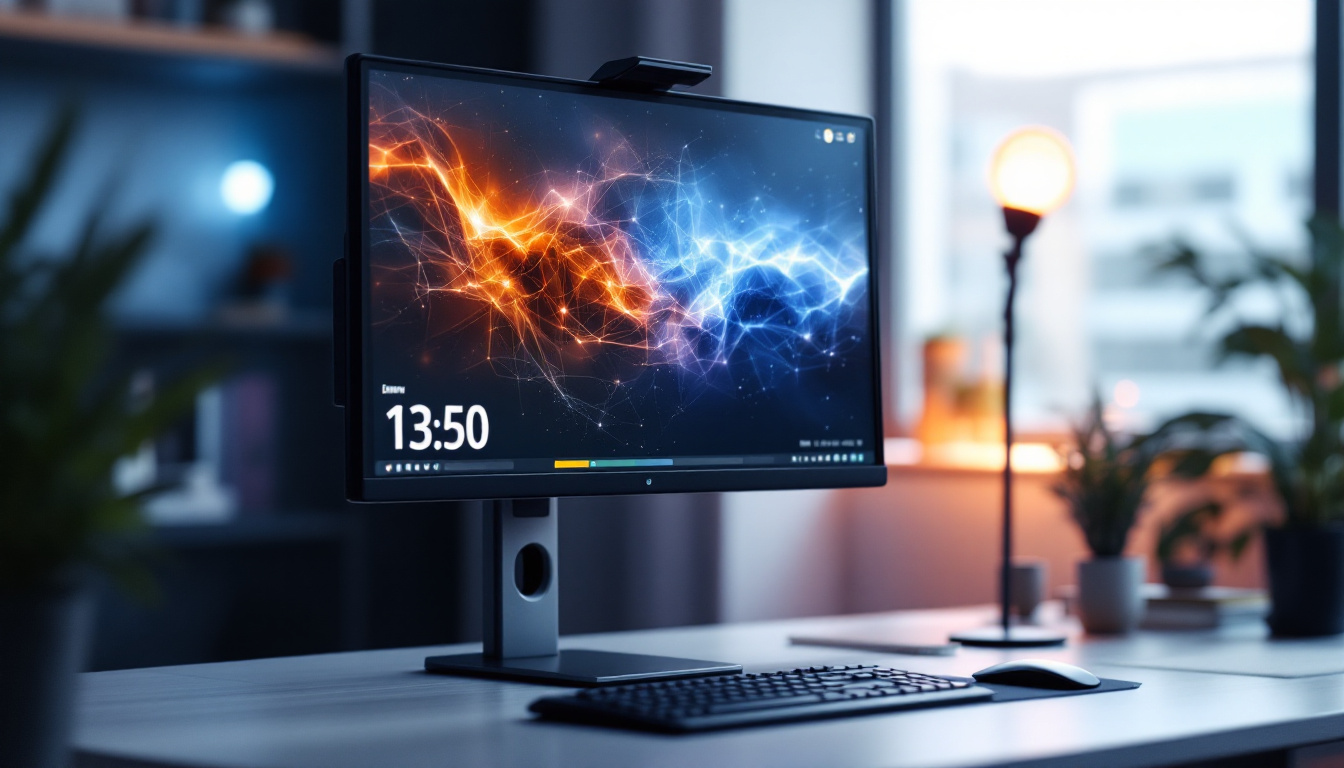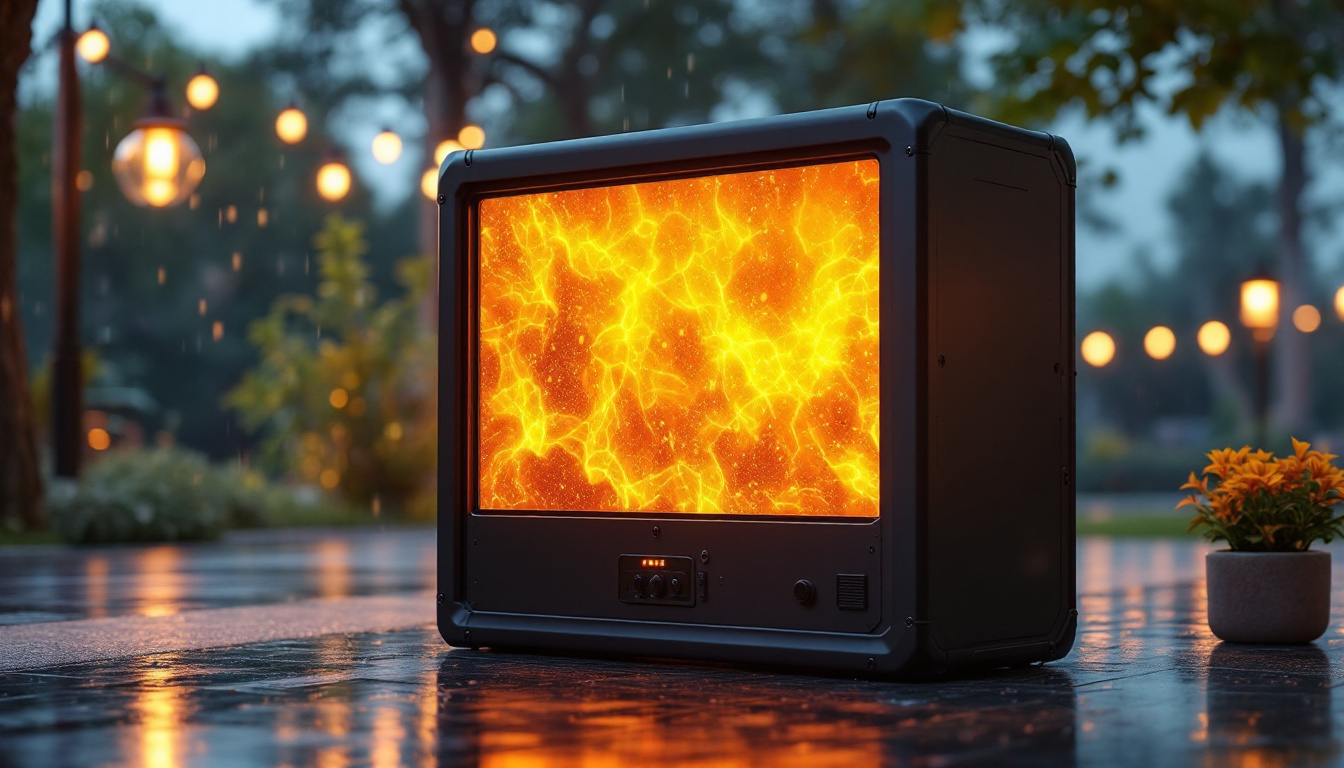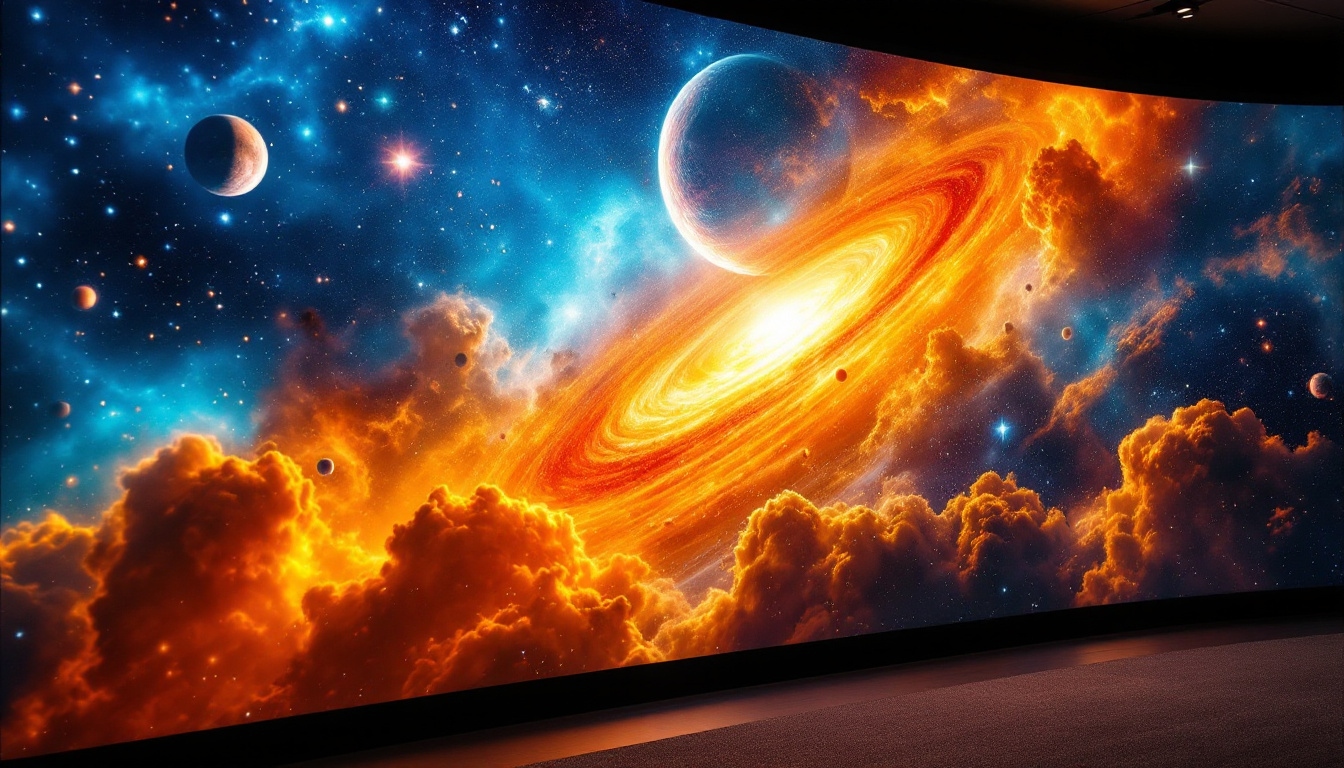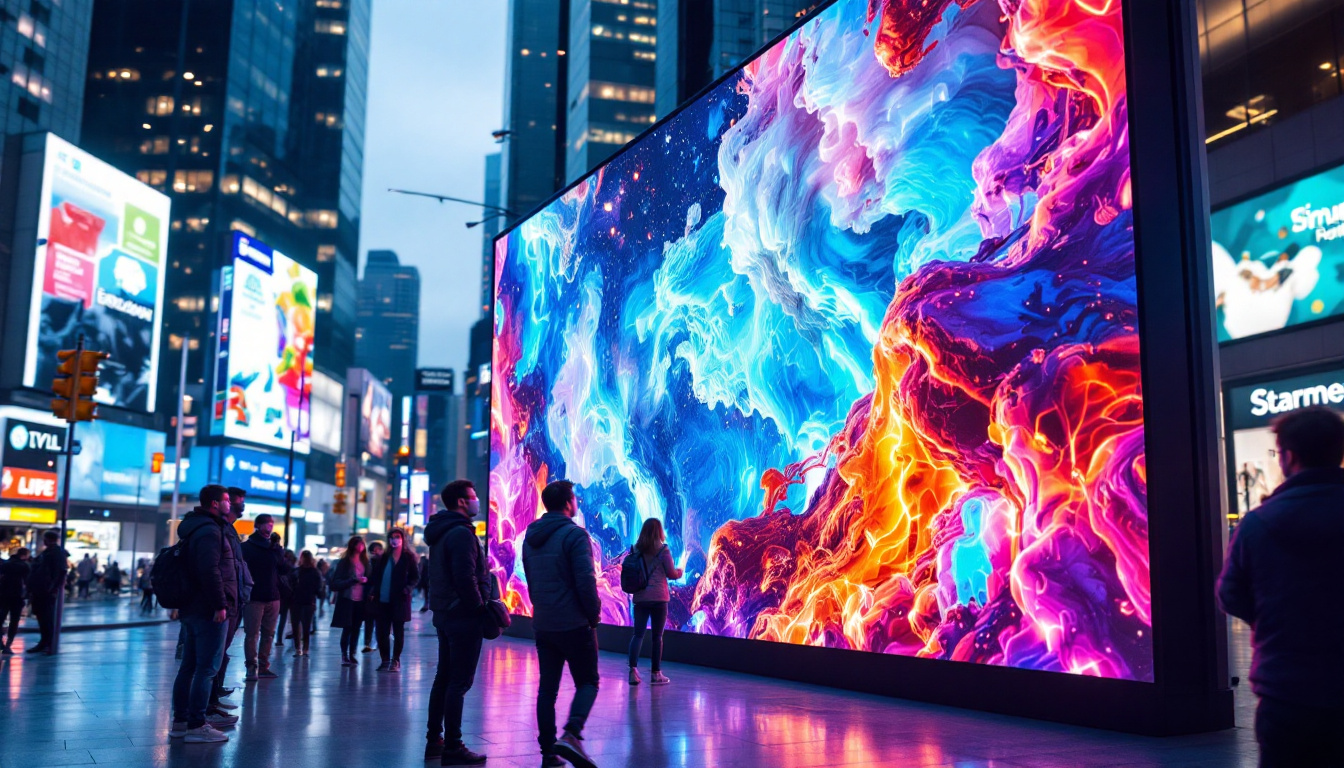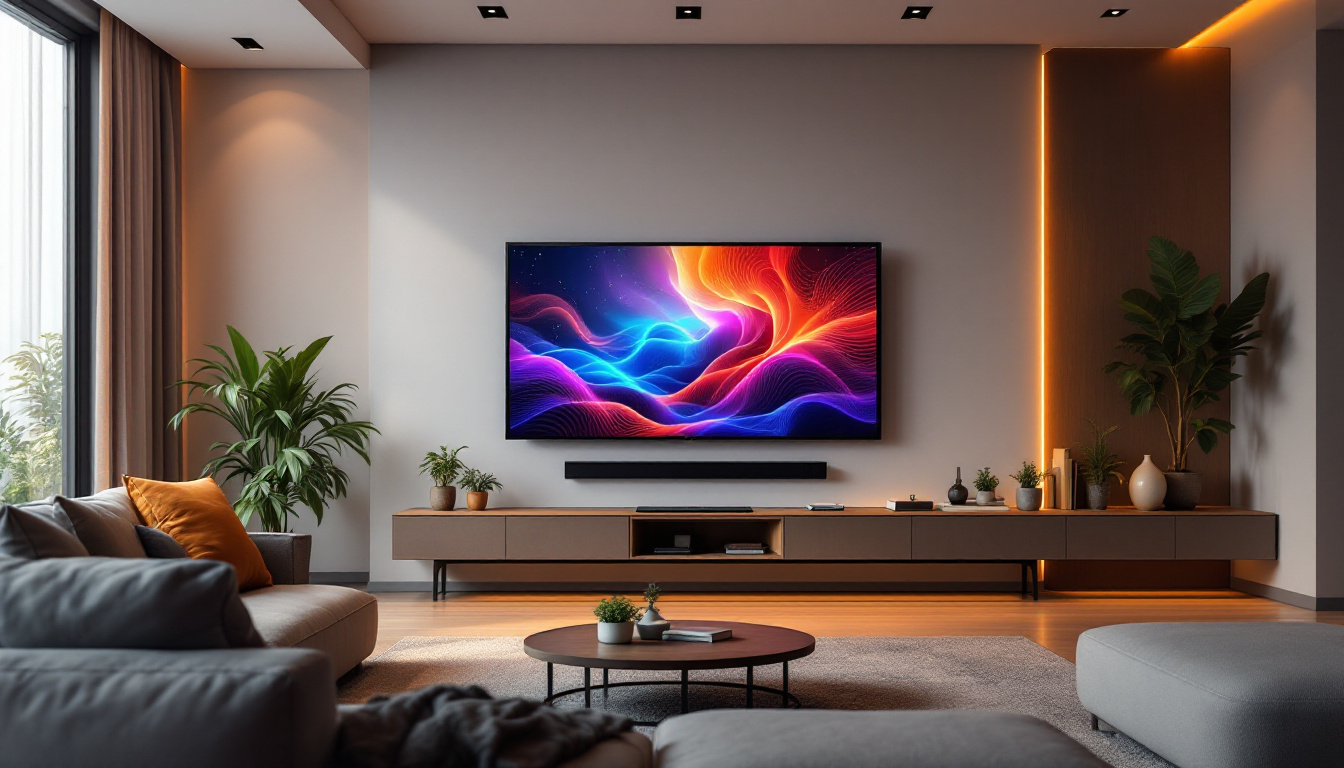In today’s digital age, monitors play a crucial role in our daily activities, whether for work, gaming, or leisure. One of the most important aspects of monitor usage is brightness adjustment. Proper brightness settings can enhance visibility, reduce eye strain, and improve overall viewing experience. This article will explore how to adjust the brightness of LED displays, the technology behind them, and tips for optimal settings.
Understanding LED Displays
LED (Light Emitting Diode) displays are widely used in modern monitors due to their energy efficiency and superior image quality. Unlike traditional LCDs, which use fluorescent backlighting, LED displays utilize tiny diodes to produce light, resulting in brighter images with better contrast ratios. This technology has revolutionized the way we view digital content, making it more vibrant and lifelike. As a result, LED displays have become the preferred choice for various applications, from home entertainment systems to professional graphic design workstations.
How LED Technology Works
LED technology operates by using a series of diodes that emit light when an electric current passes through them. These diodes can be arranged in various configurations, such as edge-lit or backlit, to create different brightness levels across the screen. The ability to control individual diodes allows for more precise brightness adjustments and improved color accuracy. This granular control not only enhances the overall viewing experience but also contributes to the longevity of the display, as LEDs have a longer lifespan compared to traditional display technologies.
Moreover, LED displays are capable of achieving higher brightness levels compared to their LCD counterparts. This feature is particularly beneficial for users who work in brightly lit environments or enjoy gaming in vivid detail. The increased brightness also allows for better visibility in outdoor settings, making LED displays ideal for digital signage and advertising. As technology continues to evolve, manufacturers are exploring new ways to enhance LED performance, including the development of mini-LED and micro-LED technologies, which promise even greater improvements in color accuracy and contrast.
The Importance of Brightness Settings
Adjusting brightness is not just about personal preference; it significantly impacts eye comfort and visual clarity. A monitor that is too bright can lead to eye fatigue, while one that is too dim may cause strain as users squint to see details. Finding the right balance is essential for prolonged use. Many modern monitors come equipped with automatic brightness adjustment features that utilize ambient light sensors to optimize brightness levels based on the surrounding environment, further enhancing user comfort.
Additionally, brightness settings can affect the monitor’s color accuracy. For graphic designers and photographers, accurate color representation is critical, making brightness adjustments a vital part of their workflow. In professional settings, color calibration tools are often employed to ensure that the monitor displays colors as intended. This meticulous attention to detail is crucial, especially in industries where visual fidelity can make or break a project. Furthermore, with the rise of HDR (High Dynamic Range) content, understanding how to adjust brightness settings to take full advantage of this technology has become increasingly important for both casual viewers and professionals alike.
How to Adjust Brightness on Different Monitors
Adjusting the brightness of a monitor can vary depending on the type of display and the operating system in use. Below are detailed instructions for adjusting brightness on various platforms.
Using Monitor Buttons
Most monitors come equipped with physical buttons or an on-screen display (OSD) menu that allows users to adjust brightness directly. Here’s how to do it:
- Locate the buttons on your monitor, usually found on the bottom or side panel.
- Press the menu button to access the OSD.
- Navigate to the brightness settings using the directional buttons.
- Adjust the brightness level to your preference and exit the menu.
This method is straightforward and does not require any software adjustments. However, it may vary slightly depending on the monitor brand and model.
Adjusting Brightness in Windows
For users operating on a Windows system, adjusting brightness can be done through the settings menu. Here’s a step-by-step guide:
- Right-click on the desktop and select “Display settings.”
- Scroll down to the “Brightness and color” section.
- Use the slider to adjust the brightness level as desired.
In Windows 10 and 11, users can also find brightness controls in the Action Center. Simply click on the notification icon in the taskbar and adjust the brightness slider accordingly.
Adjusting Brightness on macOS
For Mac users, brightness adjustment is equally simple. Follow these steps:
- Click on the Apple menu in the top left corner of the screen.
- Select “System Preferences” and then click on “Displays.”
- Adjust the brightness slider to your preferred level.
Additionally, Mac users can use the F1 and F2 keys on their keyboard for quick brightness adjustments, provided their keyboard supports these functions.
Using Software to Control Brightness
In some cases, users may prefer to use software solutions to manage monitor brightness, especially when dealing with multiple displays or specific lighting conditions. Here are a few popular options:
Third-Party Applications
Several third-party applications are available that provide advanced brightness control features. These applications often allow for finer adjustments and can even automate brightness changes based on the time of day or ambient light conditions. Some popular options include:
- f.lux: This software adjusts the color temperature of your display based on the time of day, reducing blue light exposure at night.
- Brightness Slider: A simple app for macOS that provides a quick way to adjust brightness from the menu bar.
- Dimmer: An application for Windows that allows users to adjust brightness beyond the default settings.
Using these applications can enhance user experience, particularly for those who spend extended periods in front of their monitors.
Calibrating Your Monitor
For professionals who require precise color accuracy, calibrating the monitor is essential. Calibration tools can help ensure that brightness and color settings are optimized for specific tasks. Here’s how to calibrate a monitor:
- Obtain a calibration tool, such as a colorimeter.
- Follow the manufacturer’s instructions to install the calibration software.
- Run the calibration process, which will typically involve adjusting brightness, contrast, and color settings.
Calibration should be performed regularly to maintain accuracy, especially in fields like photography, graphic design, and video editing.
Tips for Optimal Brightness Settings
Finding the right brightness setting can be subjective, but several tips can help users determine the most comfortable level:
Consider Ambient Lighting
Ambient lighting plays a significant role in how brightness is perceived. In brightly lit rooms, a higher brightness setting may be necessary to combat glare and reflections. Conversely, in dimly lit environments, reducing brightness can help prevent eye strain and improve comfort.
Adjust Based on Content
The type of content being viewed can also influence brightness settings. For instance, watching movies or playing games may require different brightness levels compared to reading documents or browsing the web. Adjusting brightness based on the activity can enhance the viewing experience.
Take Breaks and Rest Your Eyes
Regardless of brightness settings, it’s essential to take regular breaks to rest the eyes. The 20-20-20 rule is a useful guideline: every 20 minutes, look at something 20 feet away for at least 20 seconds. This practice helps reduce eye fatigue and maintains comfort during prolonged monitor use.
Common Issues with Monitor Brightness
Users may encounter various issues related to monitor brightness. Understanding these problems and their solutions can enhance the overall experience.
Brightness Stuck at Maximum or Minimum
Sometimes, monitors may become stuck at maximum or minimum brightness levels. This issue can be caused by software glitches or hardware malfunctions. To troubleshoot:
- Restart the monitor and computer to reset any temporary issues.
- Check for driver updates for the monitor and graphics card.
- Reset the monitor settings to factory defaults.
If the problem persists, it may be necessary to consult the manufacturer or a professional technician for further assistance.
Inconsistent Brightness Across Screens
For users with multiple monitors, inconsistent brightness levels can be frustrating. To address this, consider the following:
- Calibrate each monitor individually to ensure uniform brightness and color settings.
- Use software tools that allow for synchronized brightness adjustments across multiple displays.
- Ensure that all monitors are set to the same brightness level in their respective settings menus.
Flickering or Blinking Brightness
Flickering brightness can be distracting and may indicate a problem with the monitor or the graphics card. To troubleshoot this issue:
- Check the connection cables to ensure they are secure and undamaged.
- Update the graphics drivers to the latest version.
- Test the monitor with a different computer to determine if the issue persists.
If flickering continues, it may be a sign of hardware failure, requiring professional evaluation.
Conclusion
Adjusting the brightness of a monitor is a vital aspect of optimizing the viewing experience. Understanding the technology behind LED displays, utilizing various adjustment methods, and implementing best practices can significantly enhance comfort and productivity. Whether through physical buttons, software solutions, or calibration tools, finding the right brightness setting tailored to individual needs is essential for maintaining eye health and enjoying digital content.
By being mindful of ambient lighting, content type, and taking regular breaks, users can create a more comfortable and visually appealing workspace. Addressing common brightness issues promptly ensures that monitors continue to perform at their best, contributing to a more enjoyable and efficient digital experience.
Explore Advanced LED Display Solutions with LumenMatrix
Now that you understand the importance of proper brightness settings and the innovative technology behind LED displays, take your visual experience to the next level with LumenMatrix. As a pioneer in LED display solutions, LumenMatrix offers a wide array of products designed to captivate and engage your audience. From Indoor and Outdoor LED Walls to specialized displays for vehicles, sports, and custom applications, our displays are crafted to deliver unparalleled clarity and impact. Enhance your brand’s visibility and create immersive experiences with our cutting-edge LED technology. Check out LumenMatrix LED Display Solutions and revolutionize the way you communicate visually.

